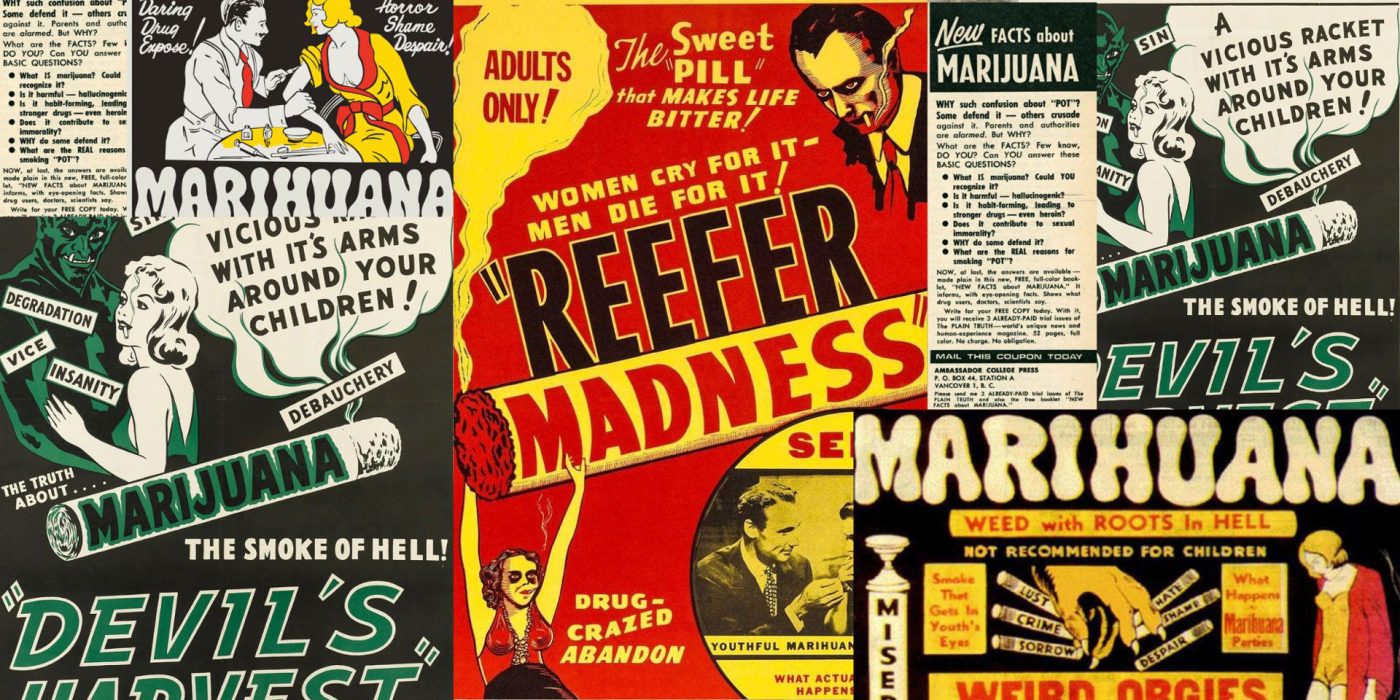The history of cannabis and the history of the human species are closely related: this plant has been with us since ancient times and for millennia we have been able to enjoy its infinite benefits without restrictions, using hemp to keep warm, feed and heal ourselves until it came to be considered an illegal plant and saw its use along with its cultivation get banned.
In this post we will analyse the historical facts that have determined the illegality of cannabis and discover the main reasons behind this process.
When and why cannabis was banned
The prohibition of cannabis has nothing to do with the war against the abuse of the substance as a psychotropic drug, but rather the factors that influenced it were mainly racism, fear and above all, economic interests.
After the “Mexican Revolution” of 1910, a state of tension arose in the United States that was further reinforced with the arrival of the “Great Depression” less than 20 years later. At that time it was mainly Mexican immigrants who smoked cannabis and the plant began to be associated with crime and misconduct. It was then that the use of marijuana became a social stigma.
The racist prejudices of some were soon transformed into firm popular beliefs, Americans were afraid of cannabis and were convinced that it was a very dangerous drug.
The first prohibitionist laws appeared in California in 1913 and in a very short time span they began to spread to several American states until 1930 when the need to create the FBN arose (Federal Bureau of Narcotics) with the aim of restricting use at a federal level to ban the plant throughout the United States, thus beginning the war against marijuana.
It was at this time that the term “marijuana”, which originated in Mexico, became very popular. Anti-marijuana” phrases echoed loudly in all US prohibitionist advertising campaigns in which cannabis use was associated with criminality and insanity. It was probably an American press magnate, William Randolph Hearst, who demonised the plant by using the name “marijuana” rather than “hemp” or “cannabis” so that readers would not know exactly what plant he was referring to and could thus trick them with advertising campaigns made of outright lies.
Moreover, cannabis was worrying several entrepreneurs who saw this plant as a very dangerous alternative for their economic interests. From the petrochemical, tobacco, paper and pharmaceutical industries, all the major investors were afraid at the idea that a natural, resistant and long-lasting product could replace their businesses.
These entities were very influential and determined the arrival of a prohibition law at the federal level that could finally keep their businesses safe. Thus, on 2 August 1937, the “Marijuana Tax Act” was adopted in the USA, imposing harsh penalties as well as very expensive fines in case of infringement in order to discourage the use and trade of cannabis throughout the United States.
Cannabis prohibition in Spain
Due to the United States’ influence on the rest of the world, prohibition spread rapidly and finally in 1961 the United Nations signed the “Single Convention on Narcotic Drugs”, an international treaty to unify the different drug agreements that made cannabis illegal worldwide.
Cannabis was included in Schedule IV of narcotic drugs, along with the most dangerous substances, and it should be stressed that this law had no scientific justification for the danger derived from marijuana use and its relation to criminal acts or psychological problems.
On 22 April 1966, five years after the UN Convention, Spain also banned the cultivation, production and sale of cannabis by signing the “Single Convention”.
When will cannabis be considered for its infinite virtues?
Don’t miss the next article on the history of the cannabis renaissance.
 USA
USA